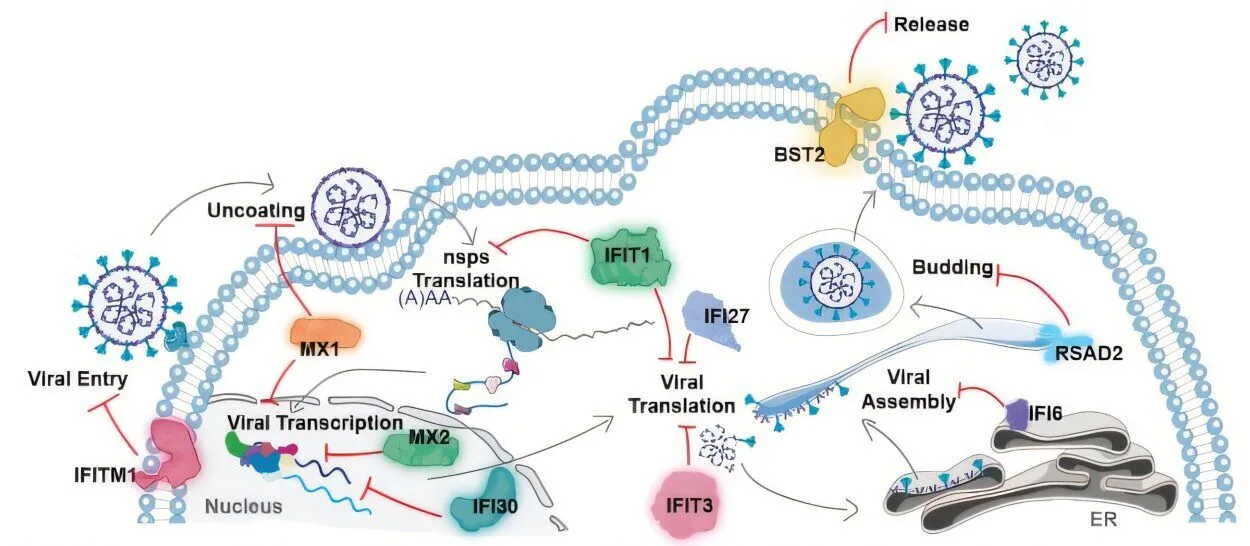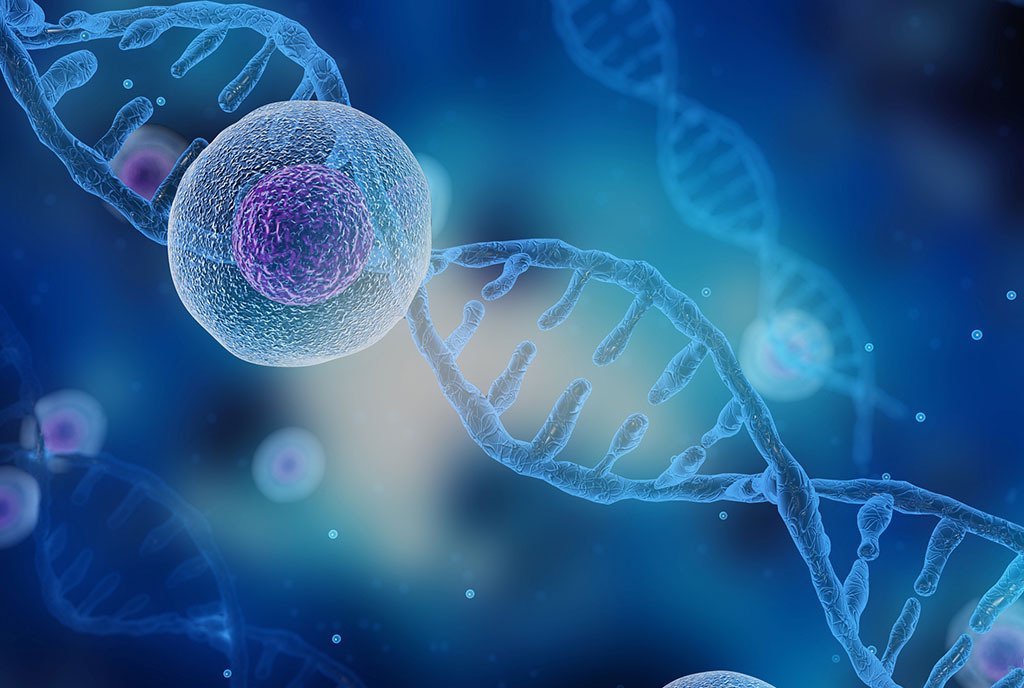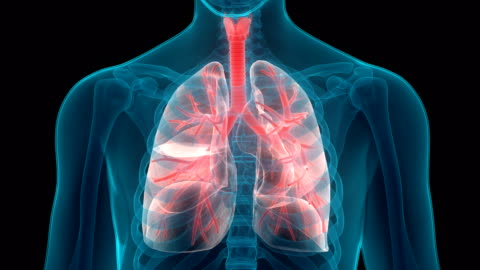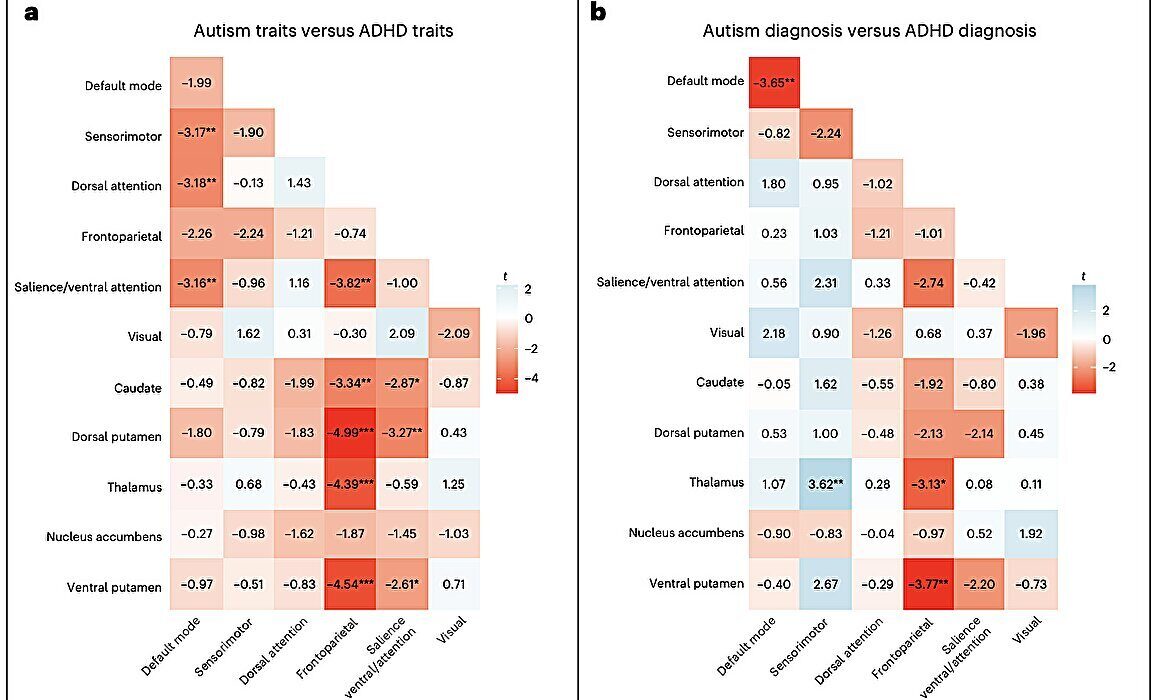Beneath the calm surface of our conscious experience lies a vast, enigmatic realm — the unconscious mind. This hidden world governs much of our behavior, thought, and emotion, yet it remains largely inaccessible to introspection. For centuries, philosophers, psychologists, and neuroscientists have sought to understand this mysterious force that shapes human existence from the shadows.
Unlike the vivid clarity of conscious awareness, the unconscious operates silently, influencing decisions, memories, and perceptions without our direct knowledge. It is a realm where instincts mingle with forgotten experiences, where emotions ferment, and where the brain performs complex computations beyond the reach of deliberate thought.
But what is the unconscious mind? How does it arise from the biological fabric of the brain? What neurological processes underlie subconscious functioning? In this article, we will embark on a journey into the depths of the mind, exploring how modern neuroscience reveals the nature of unconscious processes and their profound impact on human behavior.
The Historical Roots of the Unconscious Mind
Long before the rise of neuroscience, the unconscious was a subject of fascination and speculation. Ancient philosophical traditions hinted at mental processes beyond awareness. However, the unconscious gained prominence as a scientific concept in the late 19th and early 20th centuries, largely through the pioneering work of Sigmund Freud.
Freud’s psychoanalytic theory proposed that much of human thought and behavior is driven by unconscious desires, fears, and memories, often repressed due to their threatening nature. While Freud’s ideas were revolutionary, they lacked empirical rigor and often veered into speculation.
The 20th century witnessed a gradual shift towards a more scientific investigation of the unconscious. Behavioral psychology emphasized observable actions rather than hidden mental states, but cognitive science and, eventually, neuroscience rekindled interest in subconscious processes. By the late 20th and early 21st centuries, advances in brain imaging and experimental methods offered a new lens to study the unconscious — one rooted in the biology of the brain.
Defining the Unconscious Mind: Not Just Repression
The unconscious mind is often misunderstood as a mere repository for repressed memories or dark desires. Modern neuroscience paints a far more nuanced picture.
At its core, the unconscious includes all mental operations occurring outside conscious awareness. This encompasses automatic bodily functions, sensory processing before it reaches consciousness, implicit memory, emotional conditioning, and cognitive biases. It is not a hidden vault of forbidden thoughts alone but a dynamic system continuously processing information.
For example, when you suddenly jump back at a loud noise before even consciously registering it, that is your unconscious mind at work—processing threat signals faster than conscious thought. When you solve a problem “without thinking,” or recognize a face in a crowd instantly, unconscious neural mechanisms are at play.
Understanding the unconscious as a broad, multifaceted process rather than a singular mysterious force is crucial. It is the brain’s vast background operation, essential for survival and efficiency.
The Brain’s Architecture Underlying Unconscious Processing
Neuroscience reveals that unconscious processes arise from complex interactions within brain networks. Different regions contribute to various subconscious functions, integrating sensory input, emotional valence, memory, and motor planning without conscious oversight.
The Role of the Brainstem and Subcortical Structures
The brainstem, an evolutionarily ancient structure, controls fundamental autonomic processes like heartbeat, breathing, and arousal. It operates mostly unconsciously, maintaining bodily functions without conscious input.
Deep within the brain lie subcortical structures like the amygdala and basal ganglia, which regulate emotion and habit formation, often outside awareness. The amygdala, for instance, can detect threats in the environment and trigger fear responses before conscious appraisal. This rapid, unconscious emotional processing is crucial for survival.
The basal ganglia support procedural memory — skills and habits learned through repetition — enabling us to perform actions like typing or riding a bike effortlessly and unconsciously.
The Cerebral Cortex and Unconscious Cognition
The cerebral cortex, especially the prefrontal cortex, is associated with conscious thought, decision-making, and self-awareness. Yet even here, many processes remain unconscious.
Research shows that the cortex engages in “preconscious” processing, evaluating sensory information and generating predictions without our conscious awareness. The phenomenon of blindsight, where individuals with damage to the visual cortex can respond to visual stimuli they do not consciously see, illustrates unconscious cortical processing.
Moreover, the default mode network (DMN), active during rest and mind-wandering, is implicated in subconscious thought, self-referential processing, and memory consolidation.
Implicit Memory and the Unconscious Mind
One of the clearest examples of unconscious mental activity is implicit memory—the influence of past experiences on behavior without conscious recollection. Unlike explicit memory, which we can deliberately recall, implicit memory shapes habits, skills, and conditioned responses beneath awareness.
Neurological studies show that implicit memory involves brain areas like the cerebellum, basal ganglia, and amygdala, distinct from the hippocampus-dependent explicit memory system.
Consider how a person learns to ride a bike. They may never consciously remember every motion but can perform the activity flawlessly. Similarly, emotional reactions conditioned in childhood may influence adult behavior without the person understanding why.
Unconscious Perception: The Mind Beyond Awareness
Sensory information floods the brain continuously, but only a fraction reaches conscious perception. The rest is filtered and processed unconsciously.
Studies using subliminal stimuli demonstrate that people can perceive and respond to information without conscious awareness. For instance, briefly flashed images below the threshold of conscious detection can influence attitudes and decisions, revealing that unconscious perception can shape thoughts and behavior profoundly.
Neurological imaging during such tasks reveals activation in sensory cortices and limbic areas, indicating that the brain processes complex information even when we are not aware of it.
Emotions and the Unconscious: The Power of Feeling
Emotions often originate and operate unconsciously. The amygdala’s rapid threat detection can evoke fear before the conscious mind understands what triggered it. This emotional undercurrent colors perception, memory, and decision-making.
Unconscious emotional processing explains phenomena such as gut feelings, intuition, and mood swings. These affective states guide behavior adaptively, warning of danger or motivating social connection.
Research on patients with amygdala damage shows diminished fear responses and impaired social emotions, underscoring the unconscious emotional brain’s role.
The Unconscious in Decision-Making: Beyond Rationality
Contrary to the traditional view of human beings as rational agents, neuroscience reveals that much decision-making is shaped by unconscious biases and heuristics.
Experiments using brain imaging show that neural activity predicting a person’s choice can occur several seconds before the individual is consciously aware of making a decision. This suggests that unconscious processes prepare or even initiate decisions before conscious thought intervenes.
Understanding these mechanisms explains why humans sometimes act irrationally or with implicit prejudice, as unconscious patterns influence judgments faster than conscious reflection can correct.
Dreams: The Unconscious Mind at Night
Dreaming provides a vivid window into unconscious activity. While the precise function of dreams remains debated, they represent complex neural processes involving memory, emotion, and simulation.
Neuroimaging studies show that during REM sleep, when most vivid dreaming occurs, the brain activates regions involved in emotion (amygdala), visual imagery (occipital cortex), and memory consolidation (hippocampus). The prefrontal cortex, governing logic and self-control, is less active, explaining the bizarre and illogical nature of dreams.
Dreams may serve to process emotional experiences, solve problems, or rehearse survival scenarios—all unconscious operations that impact waking life.
The Unconscious and Creativity: The Birthplace of Insight
Many creative breakthroughs arise not from deliberate effort but from unconscious incubation. When conscious focus is relaxed, unconscious mental processes continue to work, connecting disparate ideas and generating novel solutions.
Neuroscience confirms that moments of insight often follow periods of rest or distraction, as unconscious brain networks integrate information in unexpected ways.
Artists, writers, and scientists often describe ideas “coming out of nowhere,” reflecting unconscious cognition’s power.
Disorders of the Unconscious Mind: When the Hidden Becomes Troubled
Understanding unconscious processes also helps illuminate psychiatric and neurological disorders.
In conditions such as anxiety, PTSD, and phobias, unconscious fear memories and emotional responses become dysregulated, producing distressing symptoms beyond conscious control.
In schizophrenia, disruptions in brain networks that distinguish internal from external stimuli can cause hallucinations and delusions, reflecting unconscious misinterpretations.
These conditions reveal how the unconscious mind’s processes can become maladaptive, and why therapies often aim to bring unconscious material into conscious awareness for healing.
The Frontier of Research: Exploring the Unconscious Brain
Modern neuroscience continues to probe the unconscious with new tools: advanced brain imaging, neurophysiological recordings, and computational modeling.
Techniques such as fMRI and EEG enable researchers to observe unconscious processing in real time, identifying brain regions and networks involved.
Emerging fields like neurophenomenology seek to integrate subjective experience with objective brain data, bridging the gap between conscious and unconscious mind.
Artificial intelligence and machine learning models also offer analogies to unconscious processing, highlighting principles of automaticity, pattern recognition, and parallel processing.
Philosophical Reflections: What Does the Unconscious Mean for Free Will?
The discovery that much mental activity occurs unconsciously challenges traditional notions of free will and personal agency.
If decisions originate in neural activity before conscious awareness, what does it mean to say we “choose”?
Philosophers and scientists debate whether conscious will is an illusion or a higher-order process that can veto unconscious impulses.
These questions touch on the deepest mysteries of human identity and moral responsibility.
Conclusion: Embracing the Hidden Mind
The unconscious mind is not a shadowy underworld of secrets, but an essential, vibrant part of who we are. It is the silent architect of perception, emotion, memory, and behavior.
By illuminating the neurological basis of subconscious processes, science deepens our understanding of the self—not as a single beacon of conscious thought, but as a vast ecosystem of interacting systems, many beyond awareness.
This knowledge invites humility and wonder, reminding us that the roots of our experience extend far below the surface of consciousness. In embracing the unconscious, we glimpse the profound complexity and beauty of the human mind.






